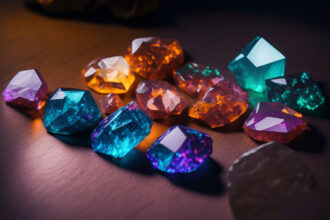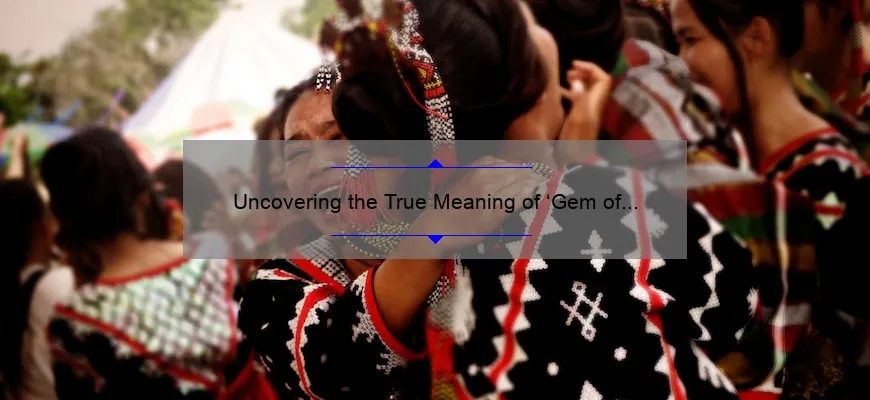The Role of Gemstones in Astrology and Fortune Telling: A Journey into the Mystical World of Crystals
Imagine walking through a bustling marketplace in ancient Rome. Traders from all…
Uncovering the True Meaning of ‘Gem of a Person’: A Heartwarming Story and Practical Guide [with Stats and Tips]
What is gem of a person meaning? The phrase "gem of a…
Uncovering the Mysteries of Amethyst: A Steven Universe Gem Guide [With Stats and Solutions]
What is amethyst steven universe gem The amethyst steven universe gem is…
Unlocking the Secrets of Tanking Gems in New World: A Guide to Boost Your Gameplay [Expert Tips and Stats Included]
What is Tanking Gem New World? Tanking gem new world is a…
Uncovering the New World Threat Gem: How to Protect Yourself [Statistics + Story + Solutions]
What is new world threat gem? New world threat gem is a…
Unlocking the Secrets of Julia Fox’s Uncut Gems Remix: A Story of Success [With Useful Tips and Stats]
What is Julia Fox Uncut Gems Remix? Julia Fox Uncut Gems Remix…
Uncovering the Hidden Gems in Rings: A Story of Sparkling Discoveries [5 Surprising Statistics and Expert Tips]
What is Gems in Rings? Gems in rings are precious or semi-precious…
Discover the Hidden Gems of Ginger Island: A Birdwatcher’s Paradise [Expert Tips and Stats]
What is Gem Bird Ginger Island? Gem bird ginger island is a…
Unraveling the Mysteries of Gemara: A Compelling Story, Practical Tips, and Eye-Opening Stats [All You Need to Know]
What is Gemara? Gemara is the part of the Talmud that analyzes…
Unlocking the Secrets of Screen Gems Studio: A Behind-the-Scenes Look [Infographic Included]
How Does Screen Gems Studio Work? A Comprehensive Overview Screen Gems Studio…















